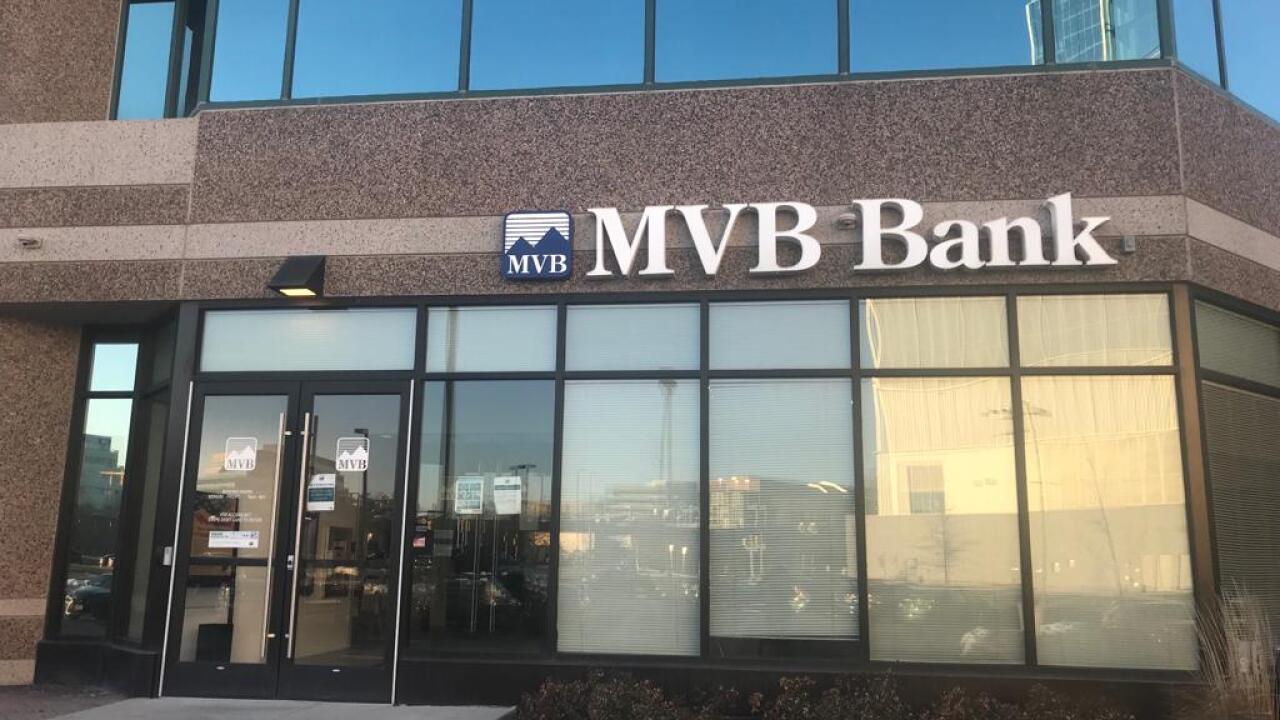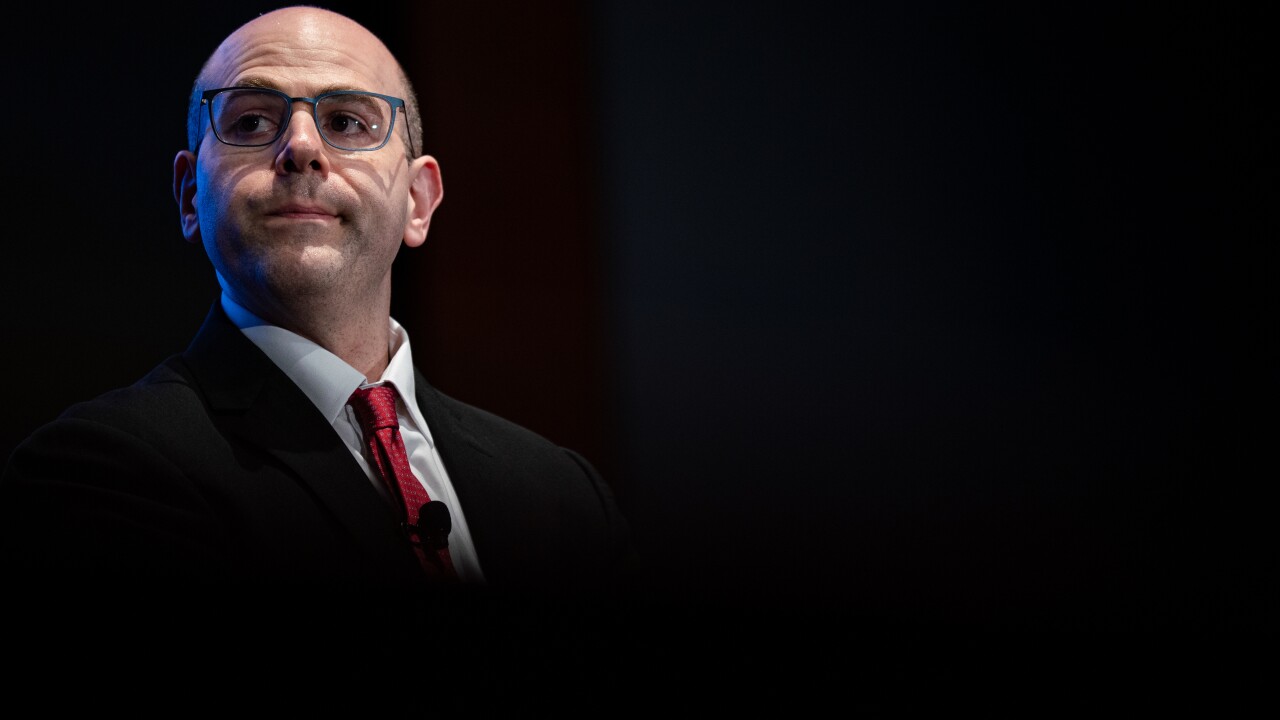From the outset, it was clear that Amazon wanted to do more with Prime Day than just boost sales; its release of new voice-controlled products and its purchase of Whole Foods signaled a desire to drastically change the way consumers shop and pay for goods.
Less than 24 hours after Prime Day, it's clear this strategy is working.
Amazon wants you to marvel at its broad

Connecting the Dots
Prime members’ most popular purchase was the Echo Dot, a smaller and significantly cheaper version of the company's high-end Echo speaker that focuses less on music and more on its voice-controlled features such as home automation and shopping. Echo Dot was not only the best-selling Amazon device this Prime Day, but also the best-selling product from any manufacturer in any category across Amazon globally.
At just $35 per device during the Prime Day event, the Echo Dot dipped into impulse purchase territory while sitting atop the company's main deals page. Prime members purchased seven times more Amazon Echo devices globally than on Prime Day 2016, which is shortly after the Echo Dot debuted at
According to research from
Food for thought
If this year's Prime Day focused on voice-controlled commerce via Echo devices, next year's will likely focus on Amazon's developing grocery business.
Despite the seismic news of Amazon’s purchase of Whole Foods and some active promotion of its grocery delivery business connected to Prime Day, the company boasted little of grocery sales following the one-day event. It was able to deliver some products within 12 minutes via Prime Now, but these ranged from snacks to writeable DVDs, with no clear focus on category.
Presumably Amazon's grocery service, PrimeFresh, is still too new to have the same wide appeal as Amazon's other services. This is likely to change fast, as Amazon integrates Whole Foods and improves its ability to deliver perishables by carrier or in one of its inventive AmazonFresh Pickup or Amazon Go retail store concepts.
Appy campers
Efforts to enroll and educate users how to get the most out of Prime Day in the app also appeared to have paid off, as customer orders via the Amazon app more than doubled compared to last year. Amazon went to great lengths in incentivizing users to not just be aware of Amazon Prime Day in the app, but to actively learn how to use app via online videos that had to be watched in order to participate in daily promotional competitions.
Amazon is coy with specific metrics, but it is estimated that there are somewhere in the region of 80 to 100 million Amazon Prime members and rising. In July, 2016,
Retailer response
Amazon may have won significant ground by locking more customers into its emerging sales channels, but its rivals are aren't going to let this go unchallenged.
FreshDirect and ShopRite are early adopters of
Other companies are looking to follow Amazon's example of building entirely new sales channels, such as
All of these models have a chance to strike at Amazon's weaknesses, but they must act fast. With Prime's standard two-day delivery, all of those new Echo Dots will be arriving at consumers' homes very soon.





